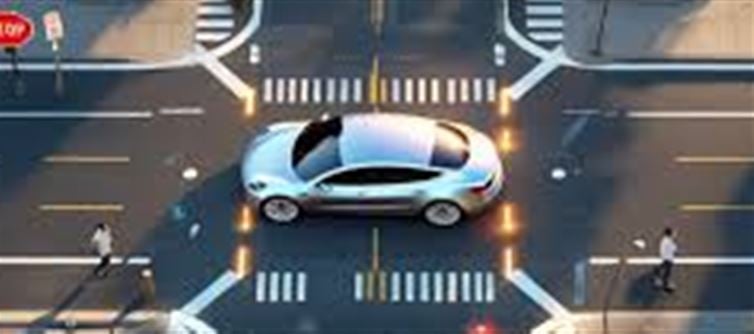
Self-driving cars have long been the promise of the future, promising safer roads, reduced traffic, and more convenience. But as of 2025, are autonomous vehicles truly ready to share our streets? Here’s a breakdown of where the technology stands and what challenges remain:
1. Cutting-Edge Sensor Technology
Modern autonomous vehicles are equipped with a blend of LiDAR, radar, cameras, and ultrasonic sensors. These allow precise detection of obstacles, pedestrians, and other vehicles in real-time, vastly improving navigation and safety.
2. AI and Machine Learning Revolution
AI systems now analyze vast amounts of driving data, enabling cars to learn from countless scenarios and make split-second decisions. Machine learning models continuously improve with real-world driving experience, adapting to complex environments.
3. Improved Navigation and Mapping
High-definition 3D maps combined with GPS advancements allow self-driving cars to understand road layouts, traffic signals, and even temporary road changes with better accuracy than ever before.
4. Safety Record and Testing
Thousands of miles of real-world testing have led to improved safety protocols. While no system is foolproof, autonomous vehicles have shown promising reductions in accidents caused by human error.
5. Regulatory Landscape
Governments worldwide are working to develop clear regulations and safety standards. Some regions have embraced autonomous vehicles with pilot programs and specific road allowances, while others proceed cautiously.
6. Public Perception and Trust
User acceptance remains a hurdle. Surveys show growing confidence in self-driving tech, but incidents involving autonomous vehicles still fuel skepticism among the general public.
7. Challenges with Edge Cases
Unpredictable scenarios such as bad weather, road construction, or unusual driver behavior still challenge AI systems. Ongoing research focuses on refining responses to these “edge cases.”
8. Integration with Smart Cities
The rise of smart infrastructure—like connected traffic lights and vehicle-to-everything (V2X) communication—enhances self-driving cars’ ability to navigate urban environments safely.
9. Commercial Deployments
Autonomous shuttles, delivery robots, and ride-hailing fleets are already operating in select cities, demonstrating practical use cases and building experience for wider adoption.
10. The Road Ahead
While fully autonomous cars aren’t yet ubiquitous, rapid advancements in technology, infrastructure, and policy suggest public roads will see more self-driving vehicles in the near future.
Final Thoughts
Self-driving cars in 2025 have moved far beyond the experimental phase, boasting significant tech maturity. However, widespread adoption hinges on overcoming safety, regulatory, and public trust challenges. The future of driving is autonomous—but we’re still navigating the journey.
Disclaimer:
The views and opinions expressed in this article are those of the author and do not necessarily reflect the official policy or position of any agency, organization, employer, or company. All information provided is for general informational purposes only. While every effort has been made to ensure accuracy, we make no representations or warranties of any kind, express or implied, about the completeness, reliability, or suitability of the information contained herein. Readers are advised to verify facts and seek professional advice where necessary. Any reliance placed on such information is strictly at the reader’s own risk..jpg)




 click and follow Indiaherald WhatsApp channel
click and follow Indiaherald WhatsApp channel